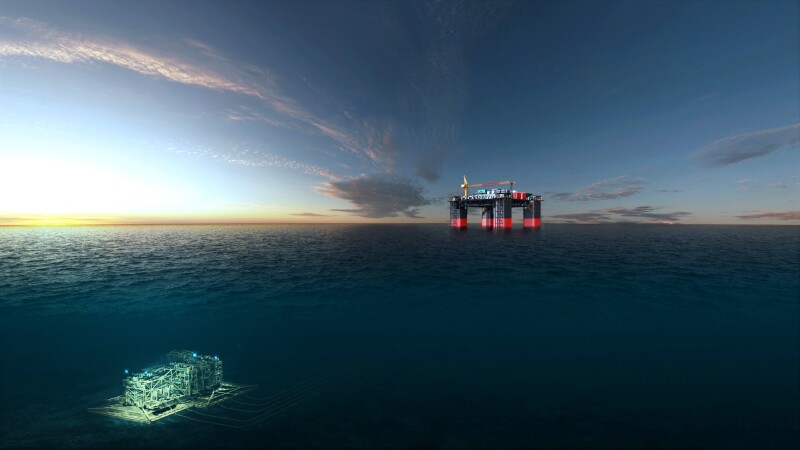Chevron has confirmed that it and the Gorgon joint venture participants will proceed with the $4-billion Jansz-Io Compression (J-IC) project offshore Western Australia. Nigel Hearne, Chevron Eurasia Pacific exploration and production president, said J-IC represents Chevron’s most significant capital investment in Australia since the sanctioning of the Gorgon Stage 2 project in 2018.
“Using world-leading subsea compression technology, J-IC is positioned to maintain gas supply from the Jansz-Io field to the three existing LNG trains and domestic gas plant on Barrow Island,” Hearne said. "This will maintain an important source of clean-burning natural gas to customers that will enable energy transitions in countries across the Asia Pacific region.”
A modification of the existing Gorgon development, J-IC will involve the construction and installation of a 27,000-tonne normally unattended floating field control station, approximately 6,500 tonnes of subsea compression infrastructure, and a 135-km submarine power cable linked to Barrow Island.
Construction and installation activities are estimated to take approximately 5 years to complete.
J-IC follows the Gorgon Stage 2 project, which is nearing completion of the installation phase, to supply gas to the Gorgon plant from four new Jansz-Io wells and seven new Gorgon wells.
The Chevron-operated Gorgon Project is a joint venture between the Australian subsidiaries of Chevron (47.333%), ExxonMobil (25%), Shell (25%), Osaka Gas (1.25%), Tokyo Gas (1%), and JERA (0.417%).

